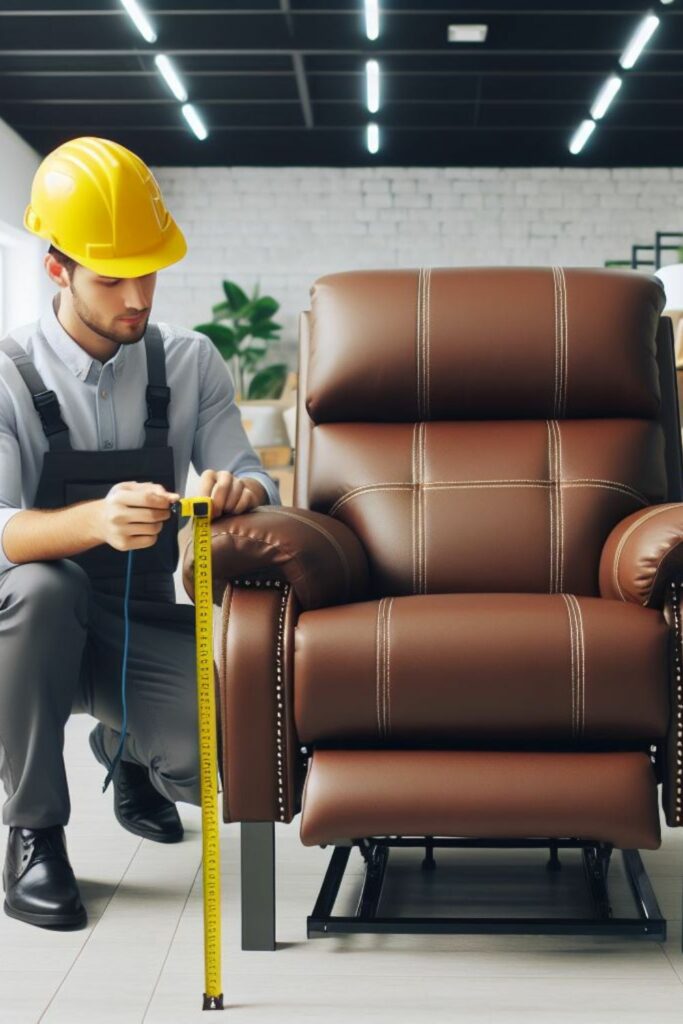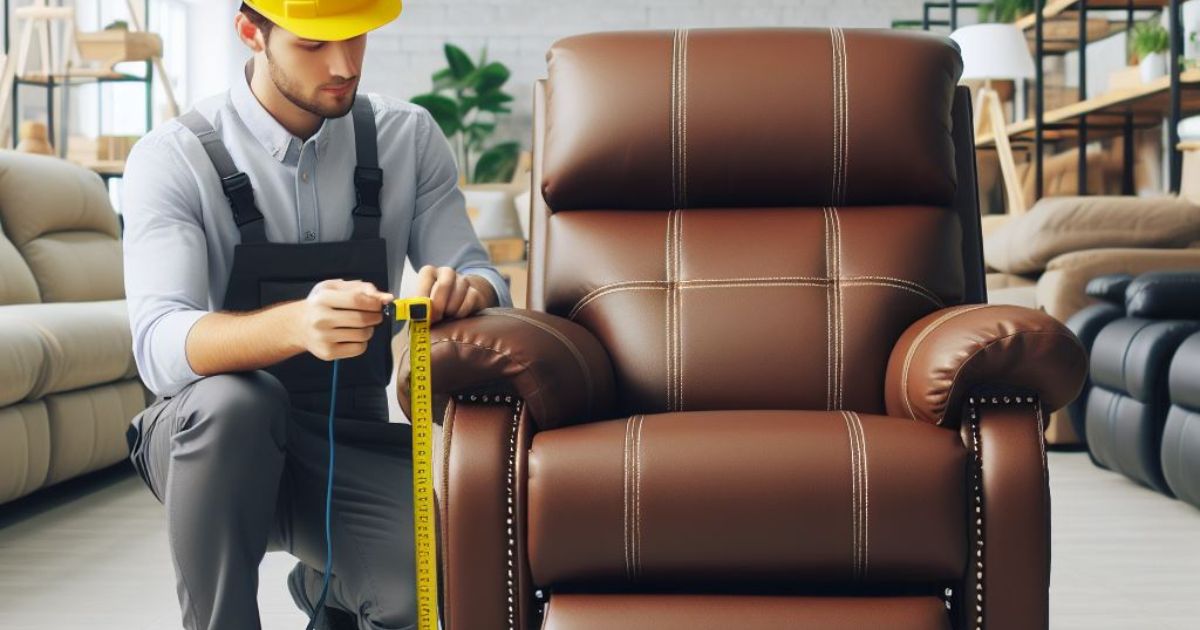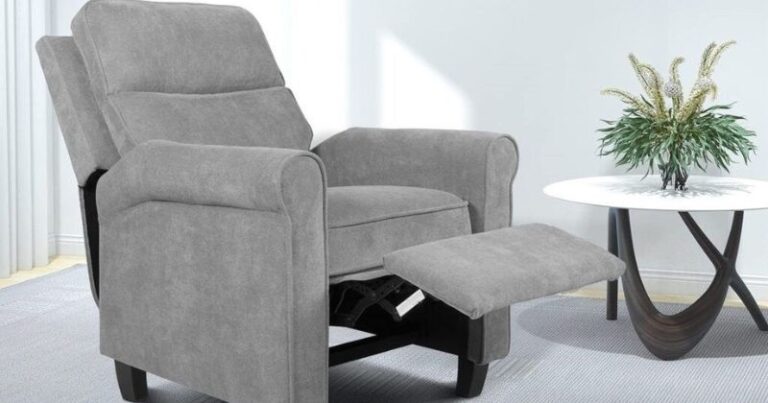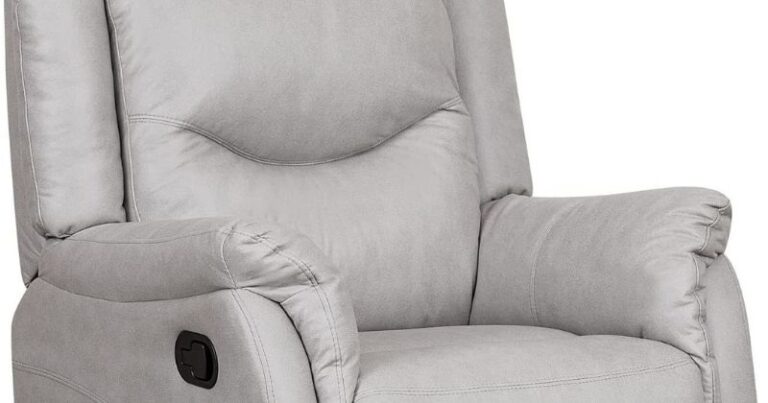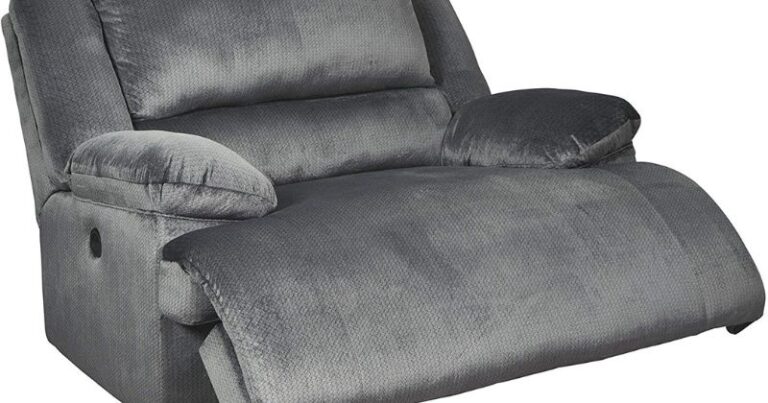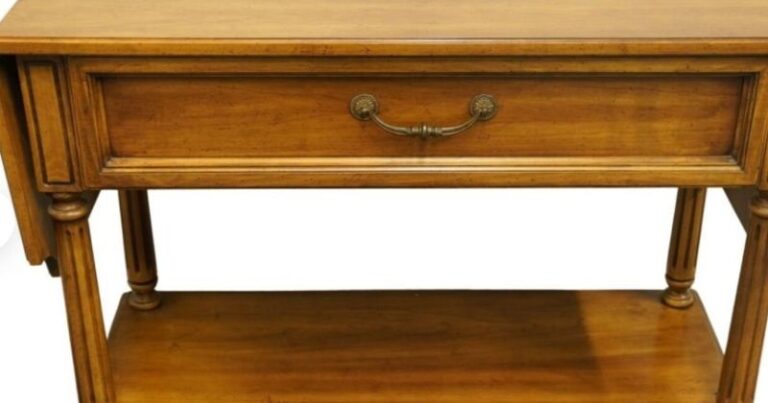As I stand in the midst of my living room, surrounded by furniture of various shapes and sizes, my attention is drawn to the majestic centerpiece – my recliner. It’s not just any recliner; it’s my sanctuary after a long day, where I unwind and find solace in its comforting embrace. Yet, amidst my admiration for its comfort, I find myself pondering a question: How do you measure a recliner? Beyond its inviting appearance and plush cushions, there lies a method to its dimensions that can enhance its fit within a space. Join me as I delve into the art of measuring a recliner, unlocking the secrets to ensuring a perfect fit and optimal comfort in any room.
Understanding the Key Dimensions

Height
Measuring the height of a recliner is a fundamental step in the process. Start by determining the overall height, which includes the backrest and headrest, if applicable. Additionally, take note of the seat height, which is the distance from the floor to the top of the seat cushion. Finally, measure the back height, which extends from the top of the seat cushion to the highest point of the backrest.
Width
The width of a recliner is another critical dimension to consider. When measuring the width, focus on the widest points, typically the armrests. Be sure to account for any additional features that may extend the width, such as protruding levers or controls.
Depth
Measuring the depth of a recliner involves assessing the distance from the front to the back. If the recliner includes a footrest, remember to measure the full extension when it’s in the open position. This comprehensive depth measurement ensures that you have a clear understanding of the recliner’s spatial requirements.
Here’s one of my favorite recliners
Tools for Accurate Measurement
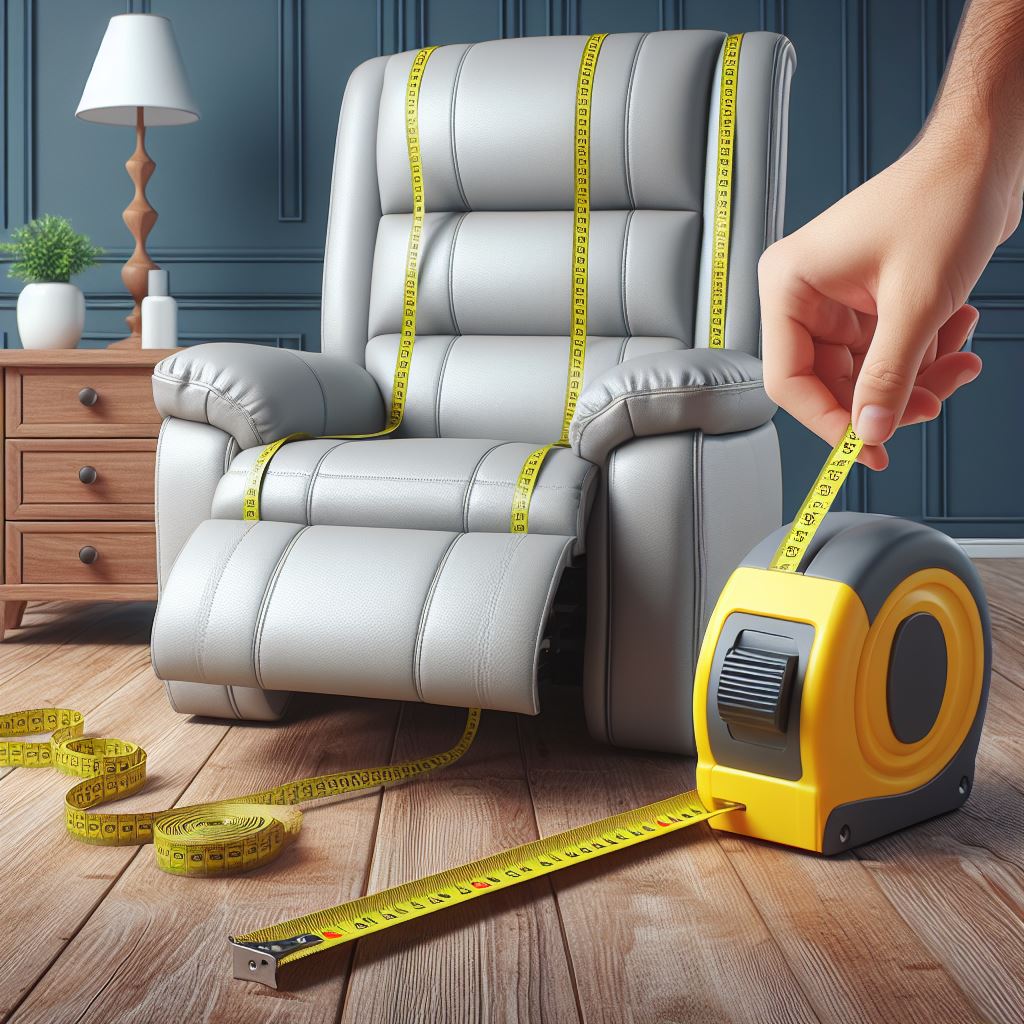
To ensure precise measurements, you’ll need a few essential tools. A soft, flexible tape measure is indispensable for capturing accurate dimensions, especially when measuring curved or irregular surfaces. Additionally, a level can be beneficial for ensuring horizontal measurements, particularly if your recliner features adjustable components.
Measuring Process
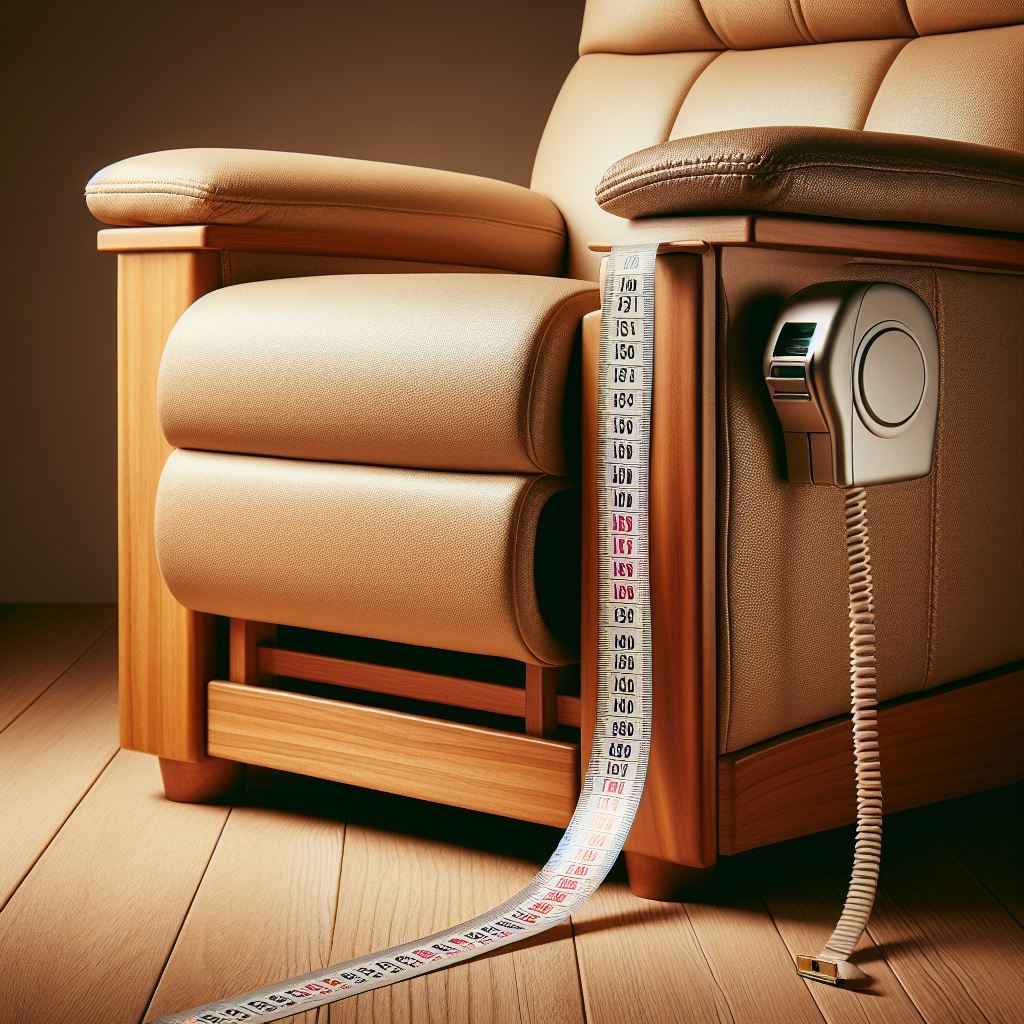
Height Measurement
Start by measuring the overall height of the recliner, ensuring that you capture the tallest point from the floor to the highest part of the backrest. Next, determine the seat height by measuring from the floor to the top of the seat cushion. Finally, record the back height by measuring from the top of the seat cushion to the uppermost edge of the backrest.
Width Measurement
To measure the width of the recliner, locate the widest points, typically the armrests, and record the distance between them. Take into account any additional components that contribute to the overall width, such as control mechanisms or protruding features.
Depth Measurement
When measuring the depth, start by assessing the distance from the front to the back of the seat. If the recliner includes a footrest, extend it fully and measure the total depth to account for its full extension.
Additional Considerations
Certain recliner models may have unique features or dimensions that require specific measurements. Be attentive to any additional components, such as swiveling bases or extended footrests, and incorporate them into your measurements as needed.
Tips for Measuring Different Recliner Types

Different types of recliners may present distinct challenges when it comes to measurement. Here are some specialized tips for measuring various recliner variations:
Wall-Hugger Recliners
When measuring a wall-hugger recliner, it’s crucial to account for the required wall clearance. Measure the distance between the fully extended footrest and the nearest wall to ensure adequate space for unhindered operation.
Swivel Recliners
For swivel recliners, consider the rotational aspect when measuring. Account for the additional space needed for swiveling movement, ensuring that the surrounding area allows for comfortable rotation.
Reclining Sectional Sofas
When dealing with reclining sectional sofas, focus on measuring each individual reclining section. Pay attention to the dimensions of each reclining module, including its width, height, and clearance requirements.
Interpreting and Utilizing Measurements

Once you have obtained the measurements for your recliner, it’s essential to understand how to interpret and utilize this information effectively. Consider the following applications of the measurements:
Purchasing Considerations
Use the gathered measurements to assess the compatibility of the recliner with your available space and desired fit. This informed approach can help you avoid purchasing a recliner that is either too large or too small for your intended area.
Relocation Planning
If you are relocating or rearranging your living space, leverage the measurements to evaluate the suitability of the recliner within different rooms. Additionally, consider doorways and entry points to ensure that the recliner can be comfortably maneuvered into its new location.
Interior Design Integration
Utilize the measurements to plan an optimal layout and configuration within your room. By considering the spatial requirements of the recliner, you can create a well-balanced and harmonious arrangement within your living space.
Common Measurement Pitfalls to Avoid
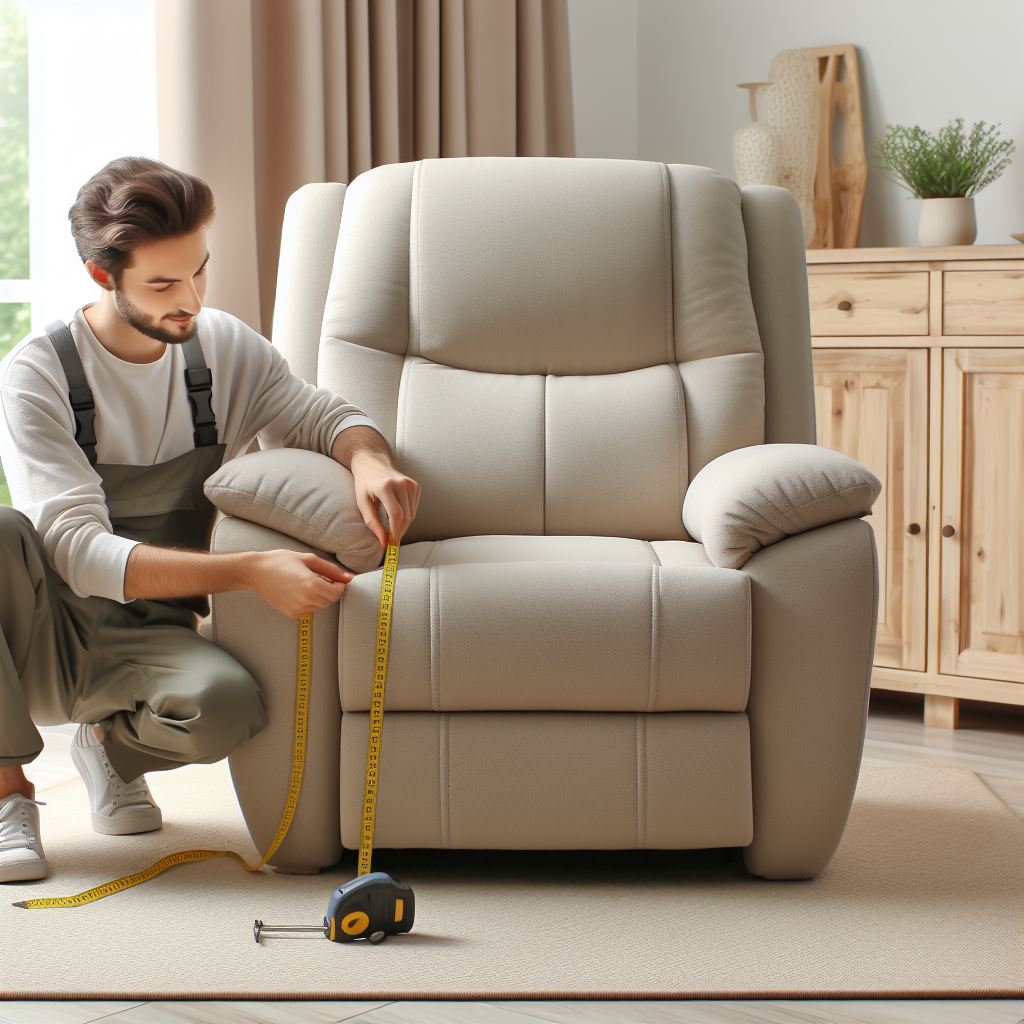
When measuring a recliner, a few common pitfalls can occur:
Inaccurate Dimensional Assumptions
One common mistake is making assumptions about the dimensions of the recliner based solely on its appearance. It’s essential to rely on precise measurements rather than visual estimations to ensure an accurate fit within your space.
Neglecting Clearance Requirements
Failing to consider clearance requirements can lead to inconvenient spatial constraints. Ensure that you account for the full range of motion, including the fully extended footrest and reclining back, to guarantee sufficient clearance around the recliner.
Overlooking Pathways and Entry Points
When planning the placement of your recliner, overlooking the pathways and entry points within your living space can result in logistical challenges during transportation and positioning. Assess the accessibility of doorways and hallways to prevent potential obstructions.
In Conclusion
Mastering the art of measuring a recliner empowers you to make informed decisions when selecting, relocating, or integrating recliners within your living space. By understanding the key dimensions, utilizing the right tools, and avoiding common measurement pitfalls, you can optimize the functionality and aesthetic appeal of your interior layout.
Whether you’re embarking on a furniture overhaul or simply seeking to enhance the comfort and style of your home, accurate recliner measurements are the cornerstone of a well-executed design strategy. Please leave any comments below. Thanks for reading 🙂
